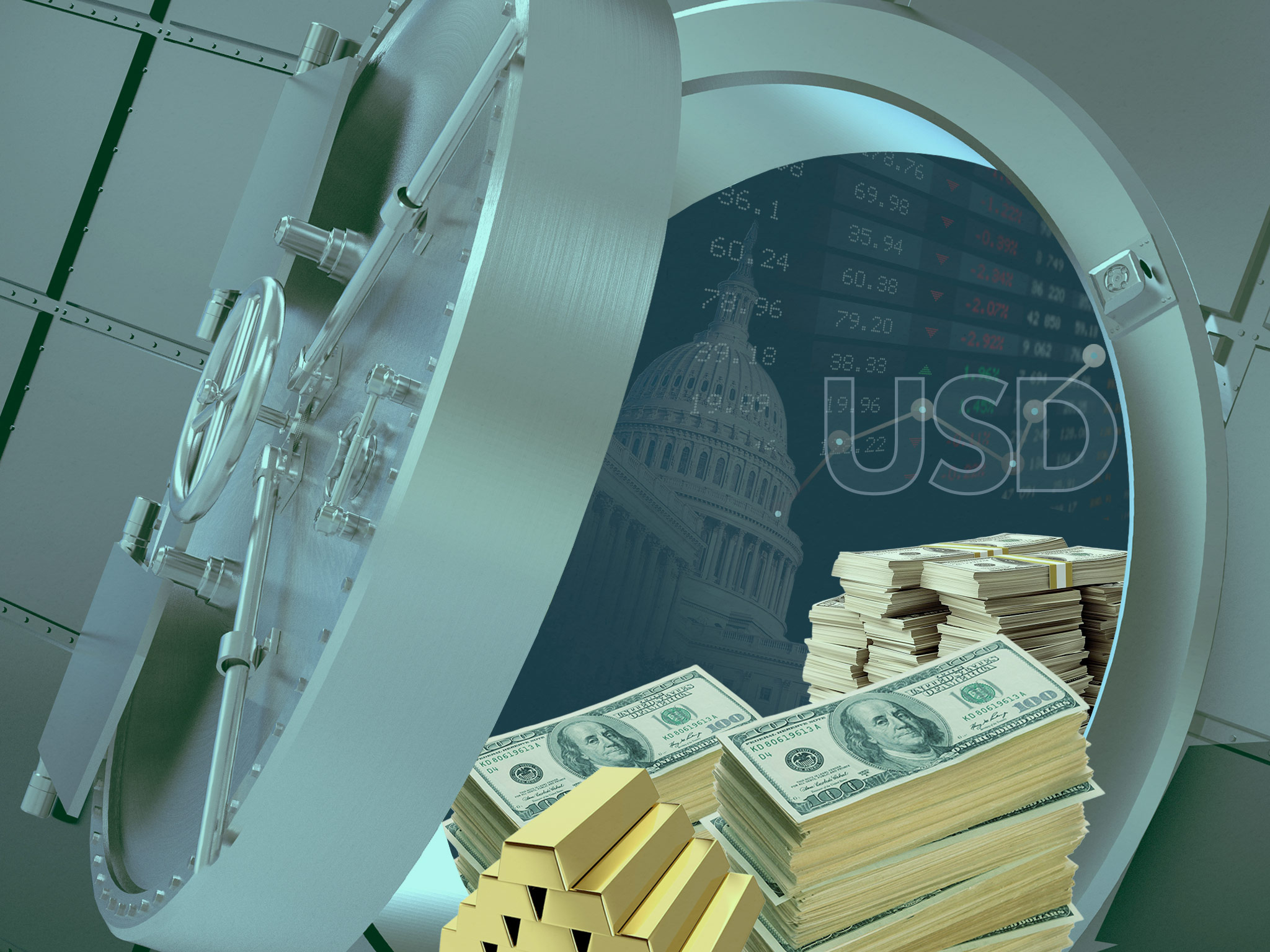It is a country’s economic strength that turns its currency into the world’s primary reserve currency.
That was true of the Spanish silver dollar in the 16th to 19th centuries. It was true of the British pound in the second half of the 19th century, when the UK stood out as the world’s top economy. And it has been true of the dollar starting in the 1940s, when the US economy began its reign of outperformance.
But a currency’s favored status can lead to excessive borrowing and spending, as it makes investors willing to finance the borrowing and spending. The dollar’s exalted status has helped lead global investors to provide liquidity for the US government, banking system and capital markets, making it the world’s borrower.
For example, the dollar’s primacy helped turn US Treasury bonds into the world’s safe-haven investment asset over the past 50 years. And that enabled excessive government borrowing. All that borrowing has sent government debt soaring to $36.2 trillion, or a whopping 121% of GDP, with foreigners holding $8.8 trillion of it.
Foreign investment also has stuffed banks’ balance sheets, a development that has tempted them to make risky loans. Some of the massive bank lending has gone to corporations, leading to some unwise spending decisions among them.
The country’s overall debt burden may now represent the biggest threat to the US economy’s health. And much of it stems from the dollar’s primacy.
From strong economy to weak economy
So reserve currency status stems from a strong economy, but that very status can lead to a weaker economy.
In Britain, it was a bit different than in the US. The country had to borrow massively to finance its fight in World Wars I and II. That debt and the demolition of its economy during World War II knocked the pound off its perch as the world’s primary reserve currency.
Before the pound, the Spanish silver dollar arose to become the first true global reserve currency in the 16th to 19th centuries. That stemmed from its hefty silver reserves in Spanish America.
Multipolar system
Getting back to today, many experts say the unraveling of the global trading system, which the US appears to have fostered, could lessen the dollar’s status as a reserve currency. We could end up with a multipolar reserve-currency system, where nations, companies and investors use not only the dollar, but also perhaps the euro and the yen. They would use them for trade, central bank reserves and investing.
If that does happen, it may ultimately help the US. That’s because if the dollar’s reserve-currency status is diminished, global investors may be less inclined to provide capital for our government, banking system and capital markets. That could force the US to curb its appetite for borrowing.
In any case, the debt buildup that has accompanied the dollar’s dominance as a reserve currency should perhaps serve as a cautionary tale. A cautionary tale that is for nations which would like to see their own currency on top of the world’s heap.




Comments